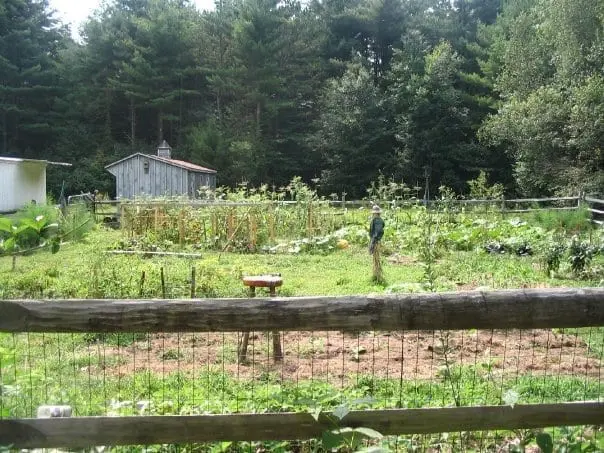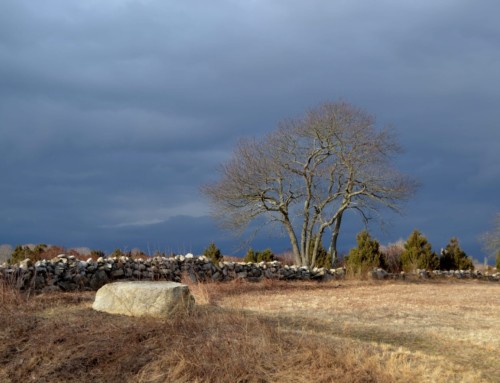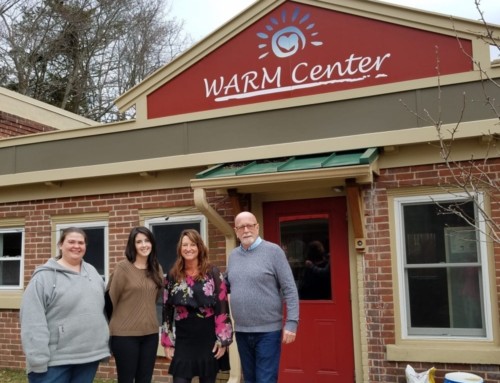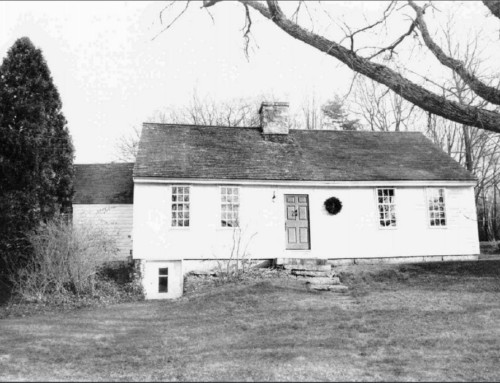My grandparents had a small farm. I loved the springtime when they started to get the garden ready for planting. Back in the day, my grandfather planted a cover crop of rye grass in the fields for the winter. The rye grass helped to retain the soil, lessen erosion, reduce mineral leaching and suppressed weed growth. When spring came, he hired someone to plow the fields and then plant his vegetables. My grandmother and I walked to the horse farm next door to harvest the manure. She had some big old milk cans that she used to mix the manure and water to create “tea” for her plants. This was my introduction to organic gardening.
Recently, when a friend who is a master gardener invited me to attend the 2016 URI Master Gardener Spring Garden Symposium, I was thrilled to accept her invitation. In the last few years, I became more interested in ways to help give back to the earth and this was an opportunity to learn more about doing that.

Pollinators fertilize plants and allow them to reproduced and form seeds, berries, fruits, vegetables and other plant foods that form the foundation of our food. We need to save our pollinators. We can help pollinators by avoiding insecticides and using natural pest and insect control to eliminate garden pests. There are traps and lures, barriers and natural repellants, beneficial insects, and soaps and oils to help battle pests naturally.
There were three excellent speakers. Carolyn Summers, “Designing with Native Species of Northeast”. Karen Bussolini “edible/Ornamental Gardens”. Ellen Sousa, Turkey Hill Brook Farm in Spencer, Ma. Spoke about “Plants for Pollinators and Beneficial Insects” and I was fascinated. I didn’t realize the various insects that pollinated plants and the numerous species of bees that existed. The Rhode Island Pollinators and Agriculture Society has a wonderful publication about pollinators by clicking here.
Bees are the world’s workhorse pollinators and there are over 40,000 species in the world. Single flowers are best for bees to find nectar because of their short tongues. The large bumblebees you see flying in the early spring are the queens. The first queen bumblebees emerge from their underground hibernation hungry for nectar. Don’t dig up those dandelions – they may be the first flower to provide nectar for the bumble bees. Bees pollinate plants by flying from flower to flower, collecting pollen on their hairy bodies and dropping it on flowers as they move from plant to plant. If you want to plant flowers that bloom early for the bees, consider planting crocus, common snowdrop, spring snowflake, hellebore, pansy or other early spring blooms.
We don’t think of wasps as pollinators, but they have high-energy needs that must be met for their survival. They don’t have the fuzzy hairs like bees and they are less efficient in pollinating.
Butterflies are some of the world’s most beautiful pollinators. There are about 700 species in the United States. They love brightly colored yellow and pink flowers. Butterflies pollinate a wide variety of flowers that open during the day. After dark, moths as well as bats, take over the night shift pollinating. They are attracted to nocturnal bloomers, with pale or white flowers heavy with fragrance an large amounts of nectar.
Ants are most effective as pollinators for plants growing low to the ground, with flowers that are close to the stem. Some flies and beetles are also pollinators.
The URI Master Gardeners ( http://www.urimastergardeners.org/gardening-hotline ) provide soil testing, and have a garden hotline with lines open Monday-Thursday from 9am-2pm at 1.800.448.1011 (toll free) Email: [email protected]






